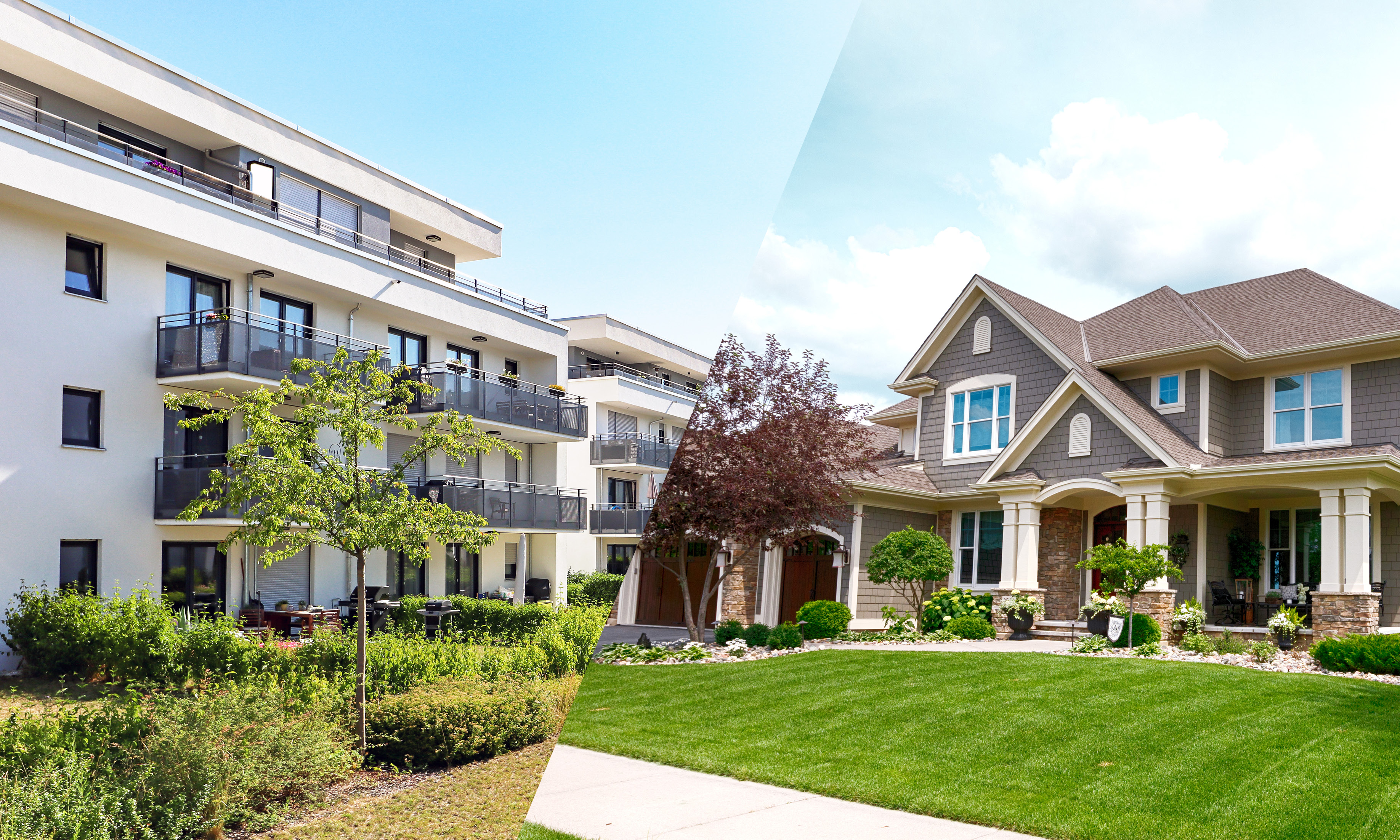The decade is coming to a close, and it’s clear that attitudes toward renting and the choices consumers have in housing stock have changed. But exactly how this has played out — and changed the work you do as a real estate professional — is easier to see when we look at the numbers.
Researchers at RENTCafé, a real estate blog run by the data platform Yardi Matrix, looked at data from the U.S. Census Bureau, PropertyShark and the U.S. News & World Report and came up with a long list of high-level trends in the rent vs. own calculation, both nationally and in Houston. Here are three that caught our eye.
The cost of renting is rising
While the official founding of New York’s The Rent Is Too Damn High party was way back in 2005, the twenty-tens saw a fair amount of concern over the rising costs of tenancy. In fact, average rents across the country have gone up by $390, or 36 percent, since 2010. While median home prices and income also went up during this same time period, they only grew by 31 percent and 27 percent, respectively.
In Houston, the change was even more extreme. Average rent went up from $766 in 2010 to $1,114 today, a 45 percent increase over the decade.
While this increase in the cost of renting hasn’t driven more people to homeownership, it is directly related to both the changing demographics of renters and the calculus behind the construction of rental buildings, as seen in the next two trends.
Renters got older and richer
The only way rent could go up so quickly is a rise in demand, and the 2010s saw that in spades. In the last 10 years, the number of renters increased two times faster than the number of homeowners at the national level.
Perhaps to go with trend No. 1, there was also a significant increase in the share of high-earning renters. RENTCafé found that, while the overall increase in households earning more than $150,000 per year increased by 86 percent nationally, the number of high-earner homeowner households increased by only 78 percent. That gap was made up by high-earning renter households, which increased two times faster than the number of high-earning homeowners in the last decade, at 157 percent.
There are also more older renters on the scene than in past decades. The number of renters age 60 or older increased by 32 percent in the past decade, while that of aging homeowner households went up by only 23 percent. This gap wasn’t made up by new, younger homeowners. While the number of renters under the age of 34 increased by 3 percent, the number of homeowners in this age group decreased over the decade.
This trend was particularly pronounced in Texas, which had six cities in RENTCafé’s top 20 list of those that added the most aging renters. Houston gained renters across the board, but the 52 percent increase in renters over 60 was far and away the largest group of new renters in the city.
Construction changes over the past decade
While RENTCafé noted that the last 10 years have witnessed “a construction boom unseen since the 80s,” part of the reason for this is the simple fact that a very large generation (millennials) was in the process of moving out on their own, increasing demand.
Still, there are some important factors to be aware of in terms of how structures for rent have changed over the past decade. First, there’s more luxury space on the market: Of the 2.4 million rental units built this decade, 40 percent were located in Class A+ and Class A buildings, a phenomenon characterized by RENTCafé as “the first time we see such a substantial demand for and supply of high-end apartments.” Also, the suburbs have seen substantial increases in renters.
Houston was No. 3 on the list of cities that saw the most apartments built over the decade, and of the 114,100 total units, around 59 percent were luxury spaces.

